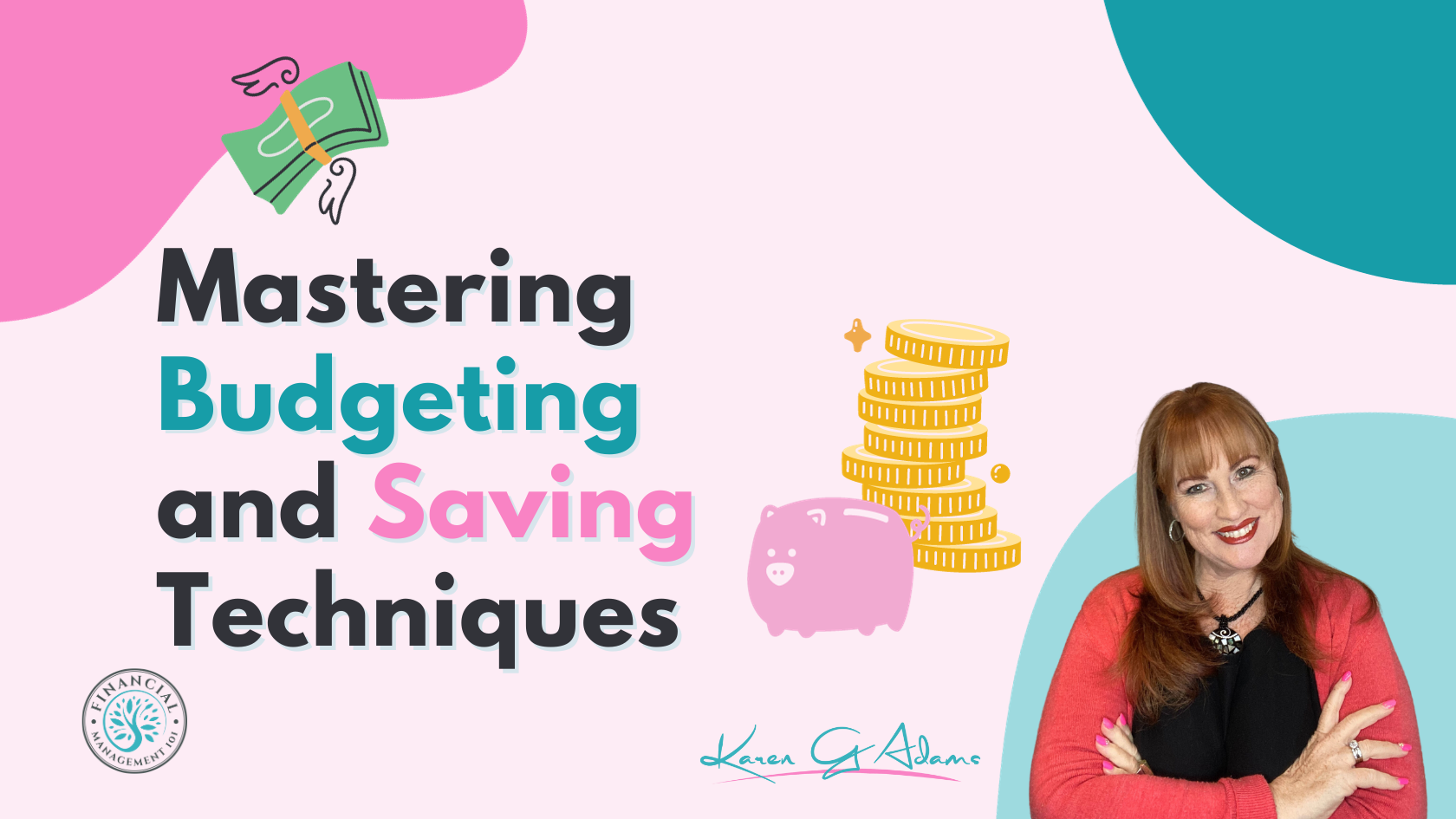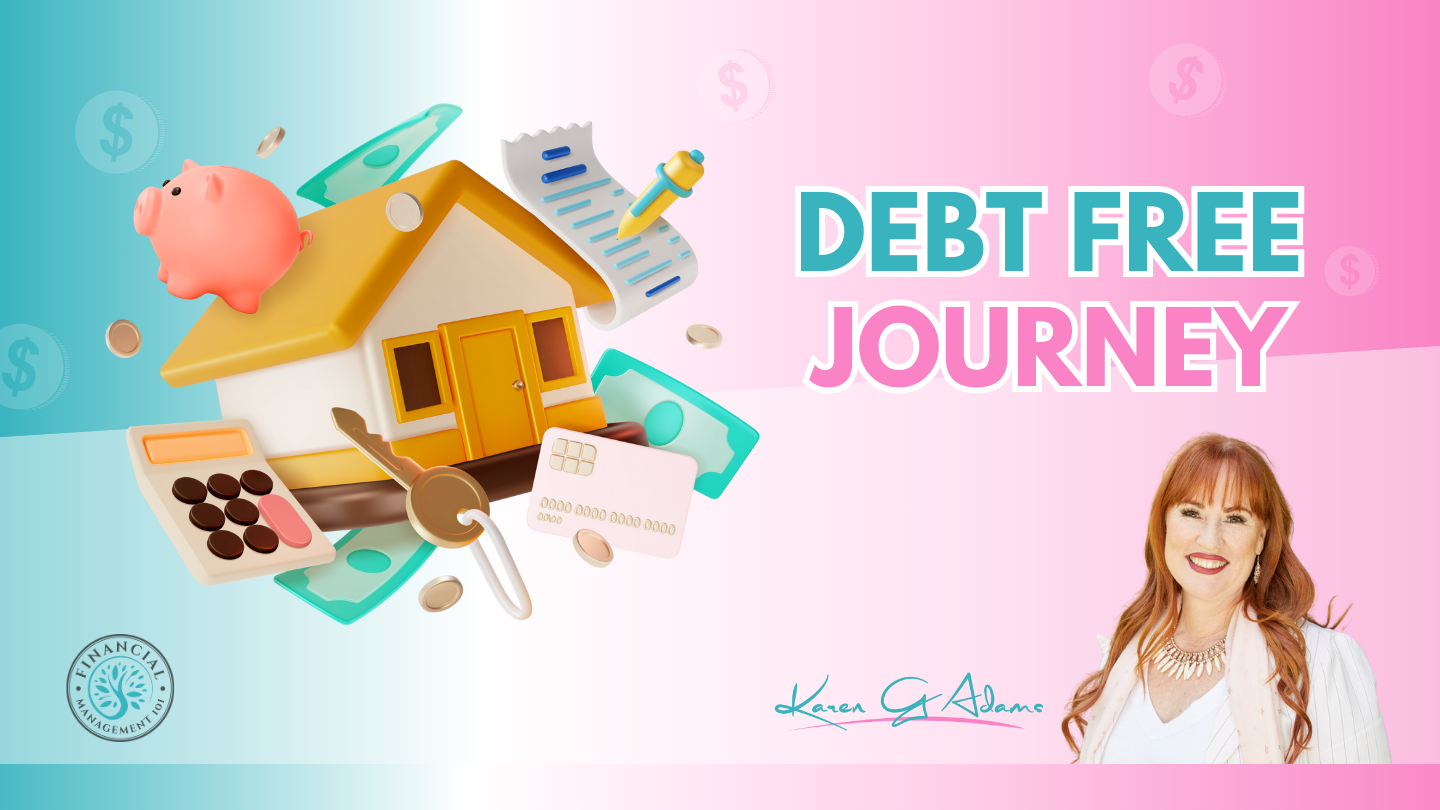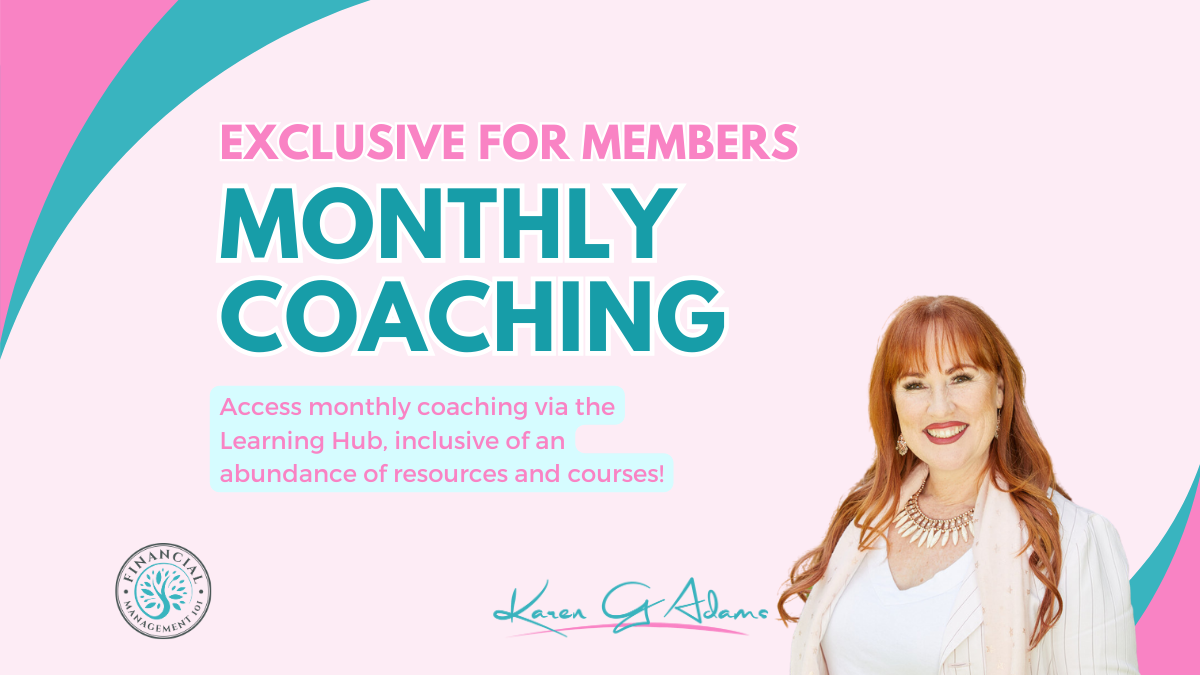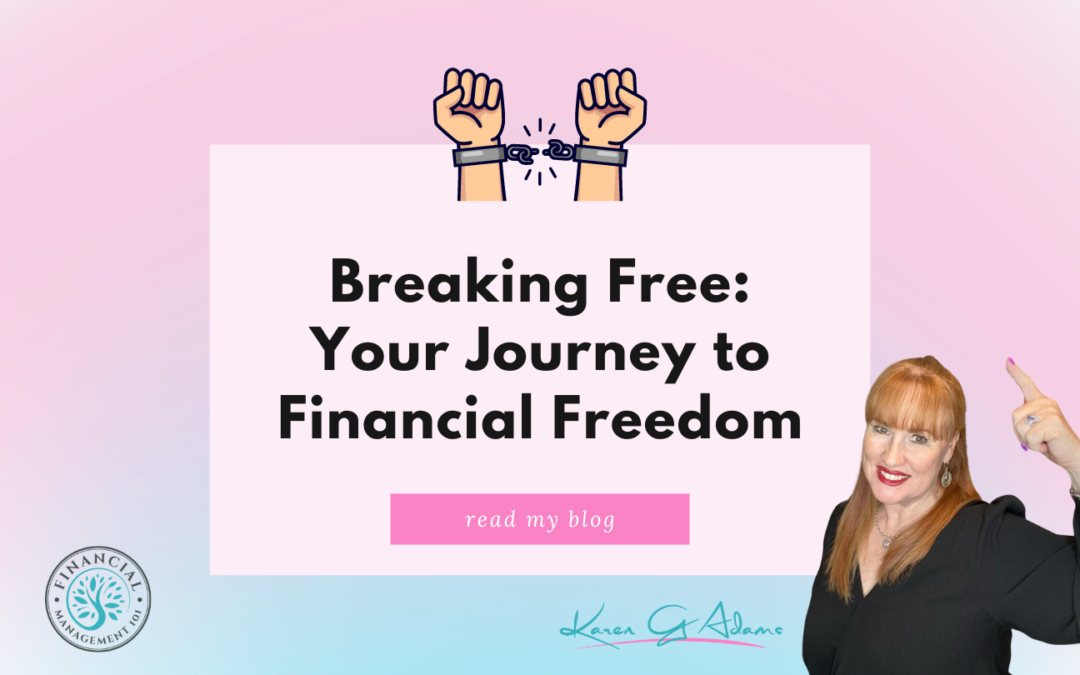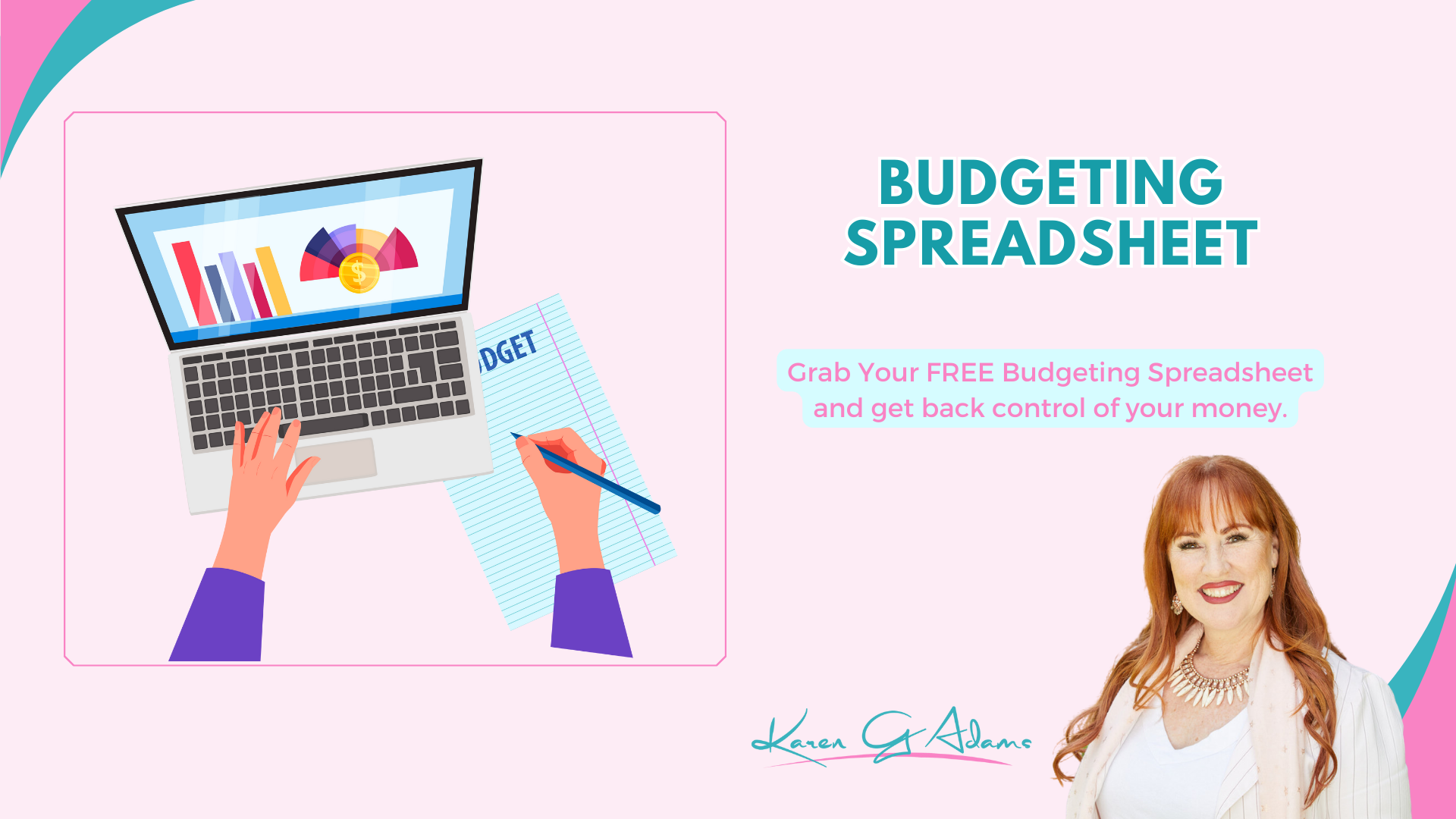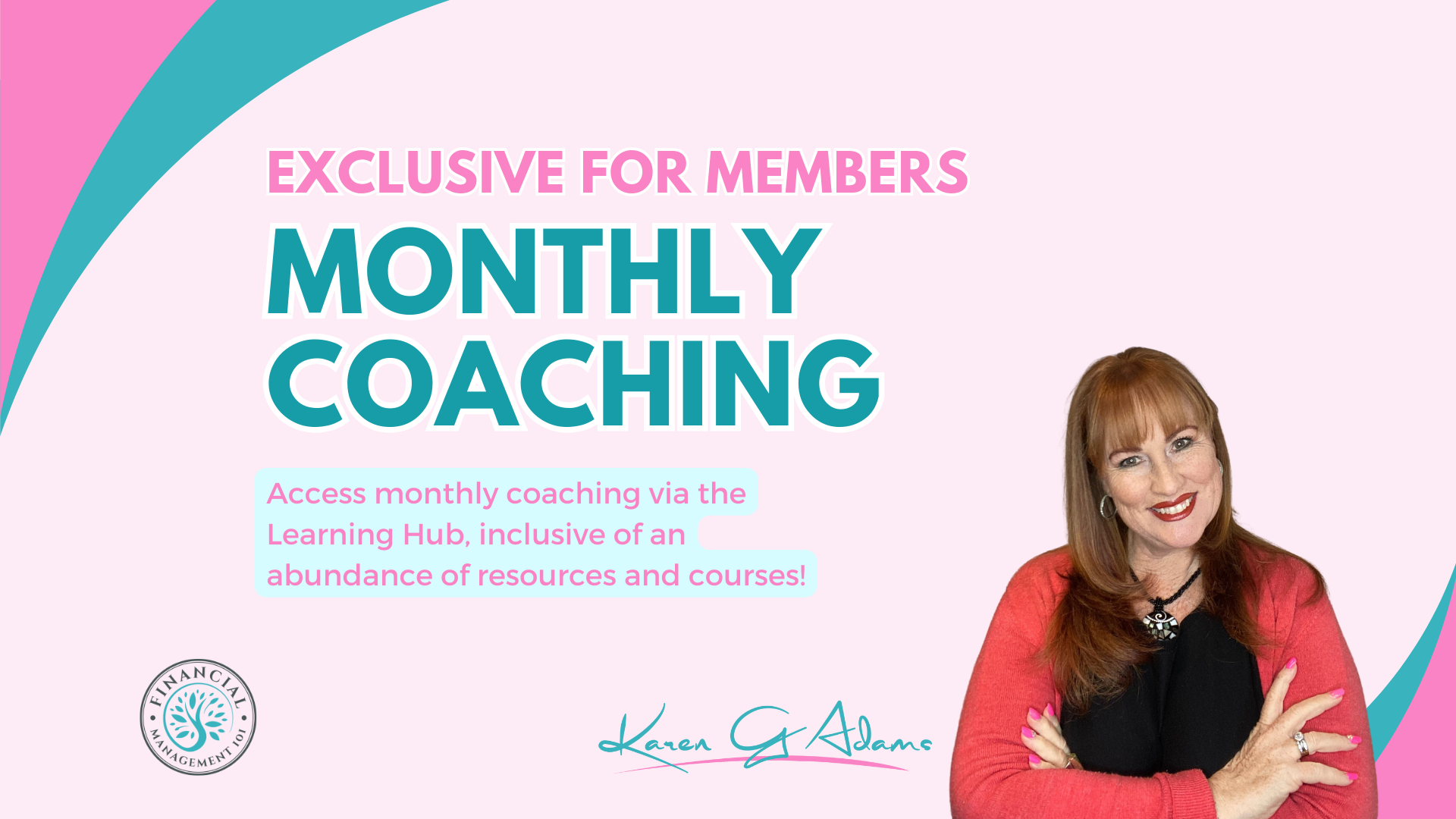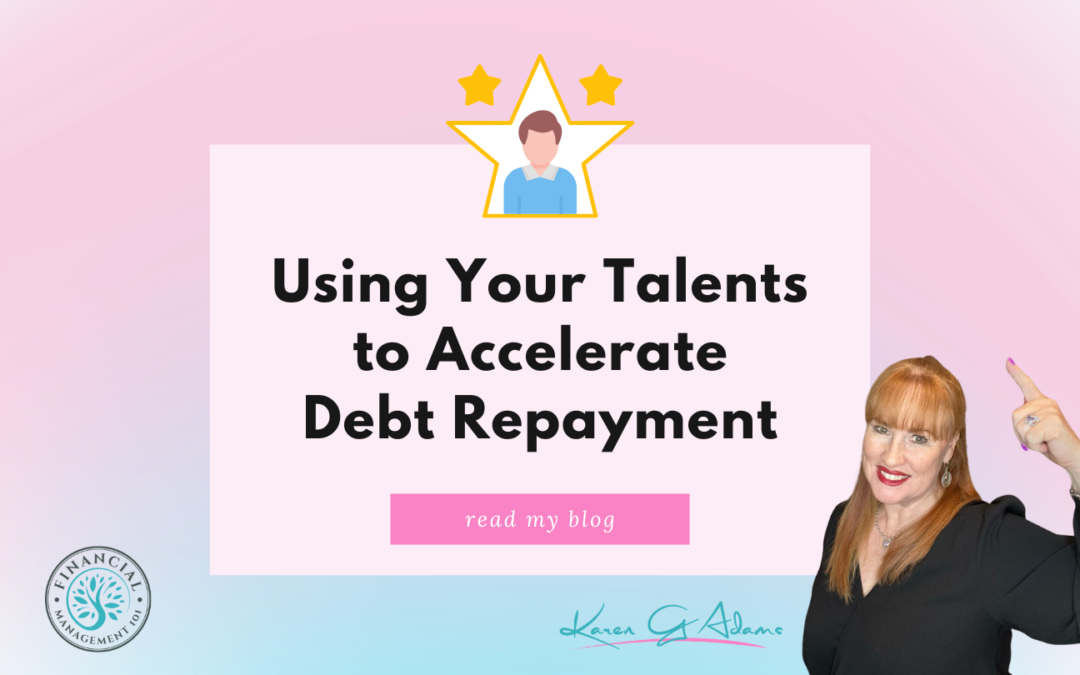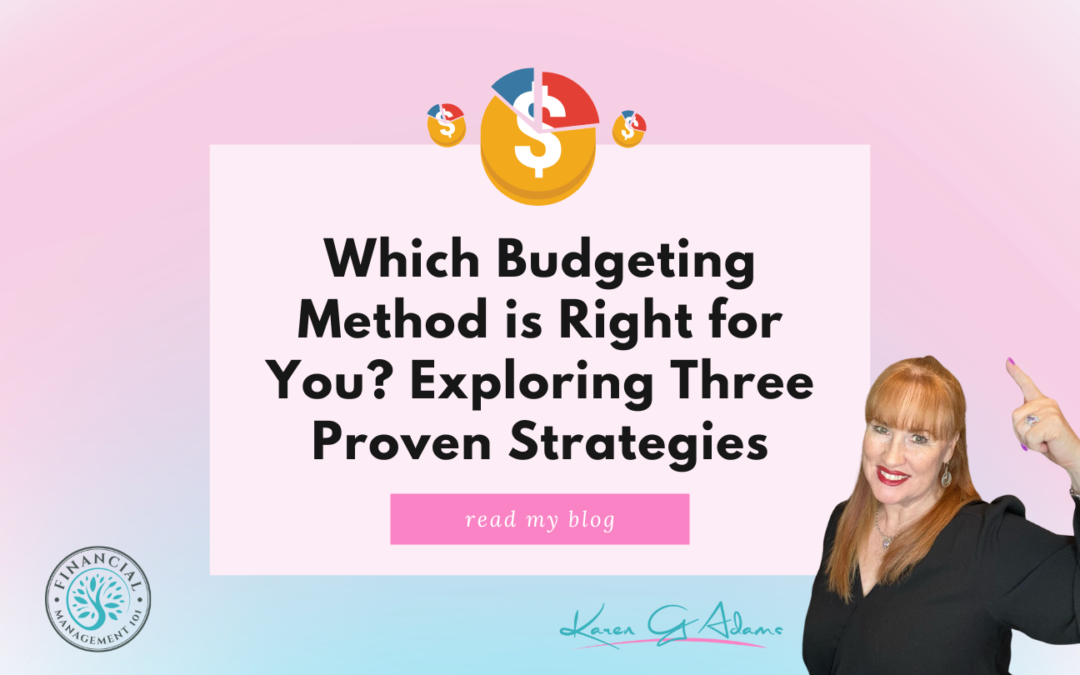
Which Budgeting Method is Right for You? Exploring 3 Proven Strategies
If you have ever wondered how to work a budget and which method is best for you, this blog post will go over three of the most popular budgeting methods that you can implement and make work for you today, allowing you to get ahead and see where your money is going.
There are three popular and proven budgeting strategies you should consider:
- The 50/30/20 Rule
- Zero Based Budgeting, and
- The Envelope Method
I will walk you through each of them so you can see which one is best for you and your specific financial situation.
BUDGETING METHOD – 50/30/20 RULE
The 50/30/20 rule is a popular budgeting method that can help you allocate your income to various spending categories. It’s a straightforward and flexible guideline for managing your finances. Here’s how it works:

The 50/30/20 rule is a popular budgeting method that can help you allocate your income to various spending categories. It’s a straightforward and flexible guideline for managing your finances. Here’s how it works:
50% FOR NEEDS:
This category includes essential expenses that you must pay regularly. It covers things like housing (rent or mortgage payments), utilities (electricity, water, gas, etc.), groceries, transportation (such as car payments, insurance, and gas), minimum debt payments (like credit card minimums or student loan payments), and healthcare.
The “Needs” category should encompass no more than 50% of your after-tax income. These are the expenses that are necessary for daily living and financial stability.
30% FOR WANTS:
This category is for non-essential or discretionary spending. It includes things like dining out, entertainment, hobbies, travel, and other items or experiences that enhance your quality of life but aren’t mandatory.
The “Wants” category gives you some flexibility to enjoy life and spend on things you desire. However, it’s crucial to stay within this 30% limit to avoid overspending and maintain control over your finances.
20% FOR SAVINGS AND DEBT REPAYMENT:
The remaining 20% of your income is allocated to savings and debt repayment. This category includes savings for various financial goals like an emergency fund, retirement, a down payment on a home, or other long-term objectives. It also covers extra debt payments beyond the minimum required.
Savings are a vital part of this budgeting method. Allocating 20% of your income to savings helps you build financial security and work towards your future goals. If you have high-interest debts, consider allocating a significant portion of this 20% to debt repayment until those debts are under control.
Remember, the 50/30/20 rule is a guideline. Your actual percentages might vary depending on your unique financial situation, goals, and priorities. The key is to ensure that your spending aligns with your financial objectives and that you have a balance between covering essential expenses, enjoying life, and saving for the future.
BUDGETING METHOD – ZERO BASED BUDGETING
Zero-based budgeting is a budgeting method where you allocate your income down to zero, giving every dollar a specific purpose within your budget. In other words, you start from scratch with each budgeting period and assign every dollar you earn to an expense, savings, or debt repayment category. The goal is to ensure that your income minus your expenses equals zero. Here’s how zero-based budgeting works:
DETERMINE YOUR INCOME:
Begin by calculating your total monthly income. This includes your salary, side income, and any other sources of revenue.
LIST ALL EXPENSES:
Make a comprehensive list of all your monthly expenses. This includes both fixed expenses (like rent or mortgage, utilities, insurance, and loan payments) and variable expenses (such as groceries, transportation, dining out, and entertainment).
ALLOCATE YOUR INCOME:
Now, allocate your entire income to cover these expenses. Start with the most critical expenses, like housing, utilities, and groceries. Gradually move down the list, allocating money to each category until you’ve assigned every dollar.
TRACK YOUR SPENDING:
Throughout the month, diligently track your spending to ensure that you’re sticking to your budget. Use budgeting tools or apps to help you stay on top of your expenditures.
ADJUST AS NECESSARY:
If you find that you’ve overspent in a particular category, you’ll need to adjust your budget to cover the overage. To maintain a zero balance, you may need to reduce spending in another category.
Zero-based budgeting has several advantages:
EVERY DOLLAR HAS A PURPOSE:
This method ensures that you’re using your income efficiently and purposefully, directing your money where it matters most.
REDUCE IMPULSE BUYING:
Because every dollar must be allocated, you’re less likely to spend impulsively or frivolously.
ENCOURAGES SAVINGS AND DEBT REPAYMENT:
By including savings and debt repayment as budget categories, ZBB reinforces the importance of these financial goals.
FINANCIAL CLARITY:
It provides a clear, organised overview of your finances, making it easier to see where your money is going.

However, Zero based budgeting may not be suitable for everyone. It requires careful tracking and frequent adjustments, which can be time-consuming. Some people might prefer less detailed budgeting methods. Ultimately, the best budgeting method is the one that works for your unique financial situation and helps you reach your financial goals. Zero-based budgeting is a particularly useful tool if you want to maintain strict control over your spending and ensure that your income is allocated efficiently.
BUDGETING METHOD – THE ENVELOPE BUDGETING
The envelope budgeting method is a cash-based budgeting system that helps you control your spending by allocating physical cash to specific categories or “envelopes” for various expenses. It’s a highly effective way to manage your finances and stay on track with your budgeting goals. However, as we’re becoming more and more a cashless society, there are ways you can still use this method via online banking and I am going to share how if you’re struggling to use cash today. Here’s how it works:
IDENTIFY YOUR SPENDING CATEGORIES:
To begin, identify the main spending categories in your budget. These categories could include groceries, dining out, entertainment, transportation, utilities, and more. Each category will have its own envelope.
DETERMINE YOUR BUDGET LIMITS:
Set a budget limit for each spending category. This is the maximum amount of cash you’ll allow yourself to spend on that category for the month. Be realistic when setting these limits to ensure they align with your overall financial goals.
CREATE PHYSICAL ENVELOPES OR USE ONLINE BANKING
Get envelopes for each spending category. You can use actual envelopes, small pouches, or even create digital envelopes if you prefer to manage this system electronically. Label each envelope with the category name and the budgeted amount.
If you are going to use online banking, then consider using accounts like ubank or other banks that offer free transactions and multiple savings accounts that link up with a visa debit card. How this works is that the envelope category now becomes the savings account and is named as per what your paper envelope would be. Then when you need to pay for bills, you transfer the amount you need to pay into your visa debit and pay for your groceries or bills that you’ve allocated towards the envelope category. There is a video on this, so head over YouTube to see how this method is explained more clearly. Click here to WATCH THE VIDEO.

ALLOCATE CASH:
At the start of the budgeting period (usually a month), take the budgeted amount in cash for each category and place it in the respective envelope. For example, if you’ve budgeted $200 for dining out, put $200 in cash into the “Dining Out” envelope.
SPEND ONLY FROM ENVELOPES:
Throughout the month, spend only the cash from the designated envelopes for each expense category. When the cash in an envelope is depleted, that’s your signal to stop spending in that category until the next budgeting period. This physical limitation helps you avoid overspending.
RECORD YOUR TRANSACTIONS:
Keep track of your spending. Each time you spend from an envelope, make a note of the amount and the transaction in a ledger or on the envelope itself. This helps you stay accountable and provides a record of your spending. If you’re using your online banking for this, then you can clearly see and track your spending.
ROLLOVER OR ADJUST AS NEEDED:
If you have cash left in an envelope at the end of the month, you can choose to either roll it over to the next month’s budget (for that category) or use it for other financial goals, like savings or debt repayment. If you consistently have cash left over in a category, you might consider adjusting the budgeted amount for the following month.
Envelope budgeting can be particularly useful if you’re trying to curb overspending in specific categories or if you find it challenging to stick to a budget. It forces you to live within your means and prioritise your spending.
Next Step:
Choose the best budgeting method for your needs from the three options listed above.
Creating and sticking to a personal budget is an important step in effectively managing your finances. Budgeting requires discipline and commitment. Stick to your budget as closely as possible, and remember that it is a tool to help you achieve your financial goals and financial independence.
Learn the fundamental concepts of how budgeting and saving are important to your financial well-being. Registration is now open for the course: Mastering Budget and Saving Techniques. This is a hands-on course with me guiding you on how to budget, track and look at managing your money like a pro.
Mastering Budgeting and Saving Techniques is a program designed to empower you to understand the importance of both budgeting and saving.
In this program, you will learn the fundamental concepts of how budgeting and saving is important for your financial well being.
We will explore and work through mindset shifts to empower and equip you with the tools necessary for a stress free life.
This is a hands-on program with me guiding you on how to budget, track and look at managing your money like a pro.
Are you ready to take control of your finances and start your debt-free journey?
In this empowering 30-day course, we’ll guide you through actionable steps to help you break free from debt and achieve financial stability.

